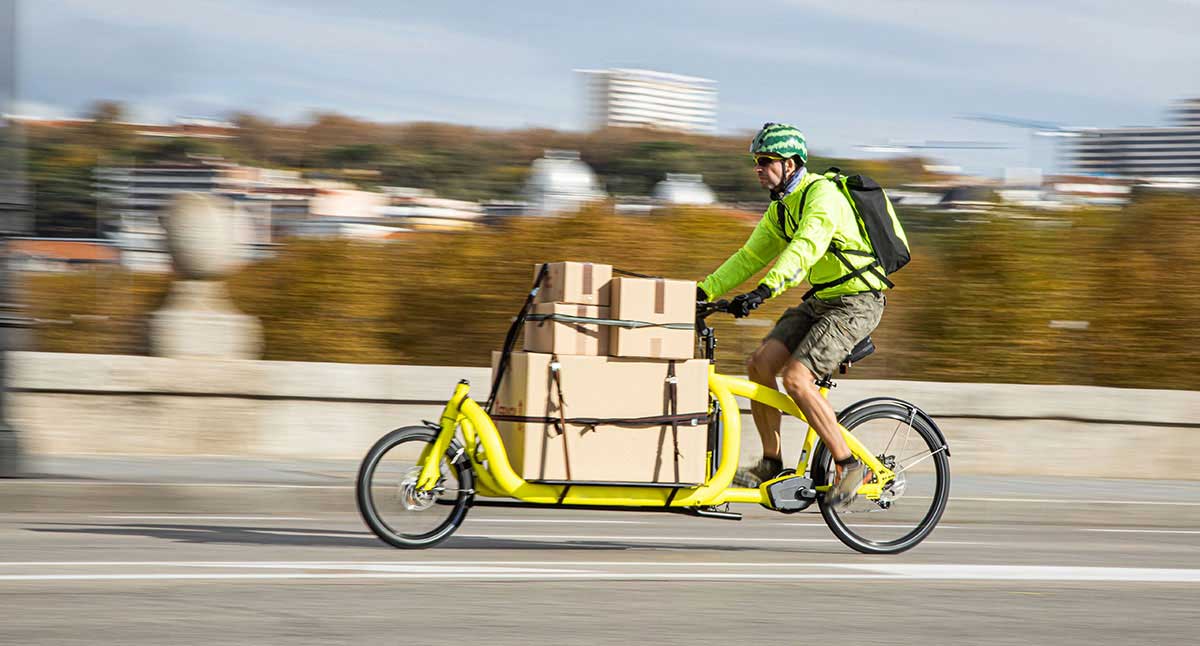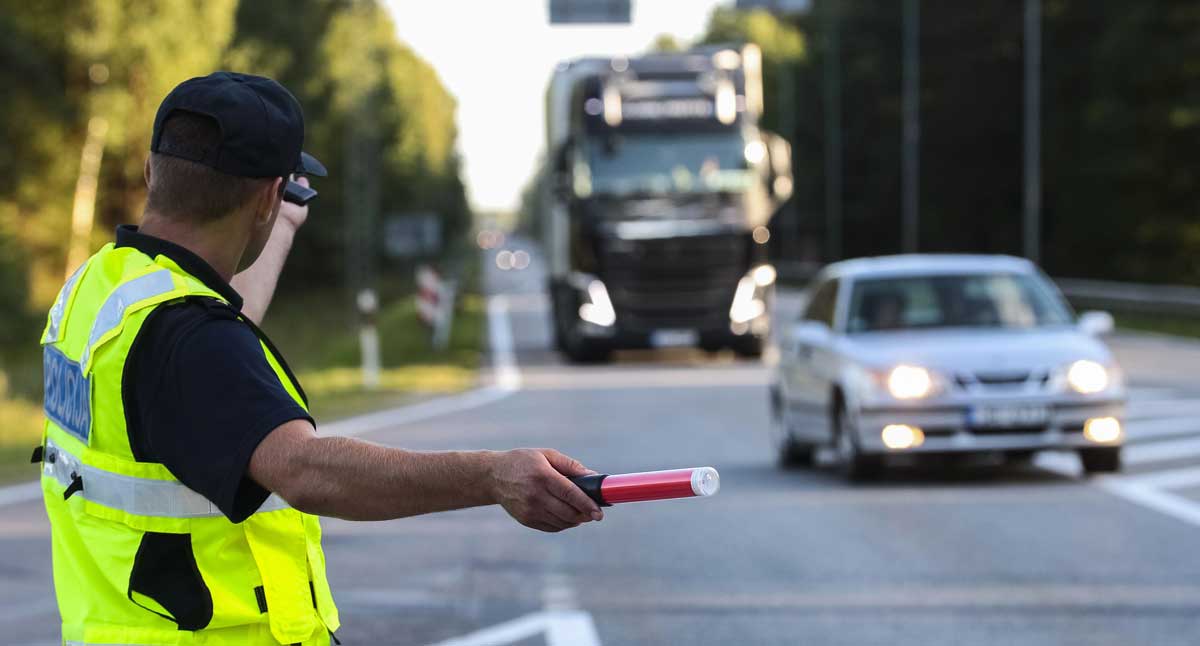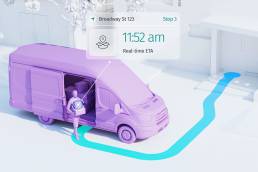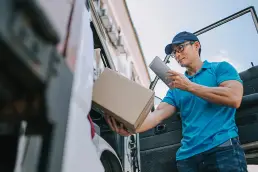Last-mile delivery contributes a staggering 41% to the overall logistics cost. This figure increases to 53% when looking at the cost of shipping alone. Several factors have continued to drive up the price of last-mile deliveries in the last few years.
First of all, consumer attitudes have changed. Many now expect free delivery as standard, with 61% of shoppers stating that they are “somewhat likely” to cancel a purchase if free shipping is not offered. Other factors pushing up the last-mile cost include inefficient routing, failed deliveries, and the complexity of managing multiple stops across a single journey.
With the number of deliveries skyrocketing due to continued growth in the e-commerce market, unnecessarily high costs for the last mile can seriously impact a company’s margins. What’s more, businesses cannot afford to simply reduce the number of deliveries they commit to as a means of reducing costs. Customers continue to expect rapid fulfilment of their orders. Although it may be challenging, businesses must find a way to speed up delivery and save costs at the same time. Here are a few ways that this difficult balancing act can be achieved:
Have a clear plan
As with any business process, last-mile delivery can be made more efficient (and more affordable) through the use of proper planning. Organisations may only save a few seconds on each packaged product but this could add up to a substantial monetary boost over the course of a financial quarter or year. Businesses should think carefully about where they place their products within their warehouses so employees benefit from an efficient workflow. Packages should be ready for shipment as soon as delivery drivers arrive to reduce friction in the delivery process. Coming up with an efficient strategy or plan is a surefire way to save costs on delivery.
Save costs of Last Mile Delivery, the most important cost factors
- Distance: The distance between the distribution center or warehouse and the delivery destination directly affects fuel and labor costs.
- Package Size and Weight: Larger and heavier packages may require special handling or vehicles, impacting transportation costs and efficiency.
- Delivery Volume: Higher delivery volume can lead to economies of scale and reduced costs per delivery.
- Labor Costs: Wages, benefits, and training for delivery personnel contribute significantly to the overall cost.
- Route Optimization: Efficient route planning and optimization software can help minimize fuel and time expenses.
- Urban vs. Rural Delivery: Delivering to rural or remote areas can be more costly due to longer distances and limited infrastructure.
- Technology and Tracking: Investment in tracking technology, software platforms, and communication tools can impact expenses.
- Customer Expectations: Premium services like same-day or next-day delivery may require additional resources and infrastructure.
Cost Considerations in Last Mile Delivery
While ensuring timely and accurate deliveries, it demands precise coordination and route optimization. Challenges like traffic and unpredictable conditions can escalate expenses.
Efficient last mile delivery brings cost advantages. It boosts customer satisfaction, curtails expenses by optimizing routes and resources, and contributes to sustainability by reducing emissions.
Technology plays a pivotal role in cost management. Real-time data aids in route planning, GPS tracking enhances visibility, and autonomous vehicles offer potential savings.
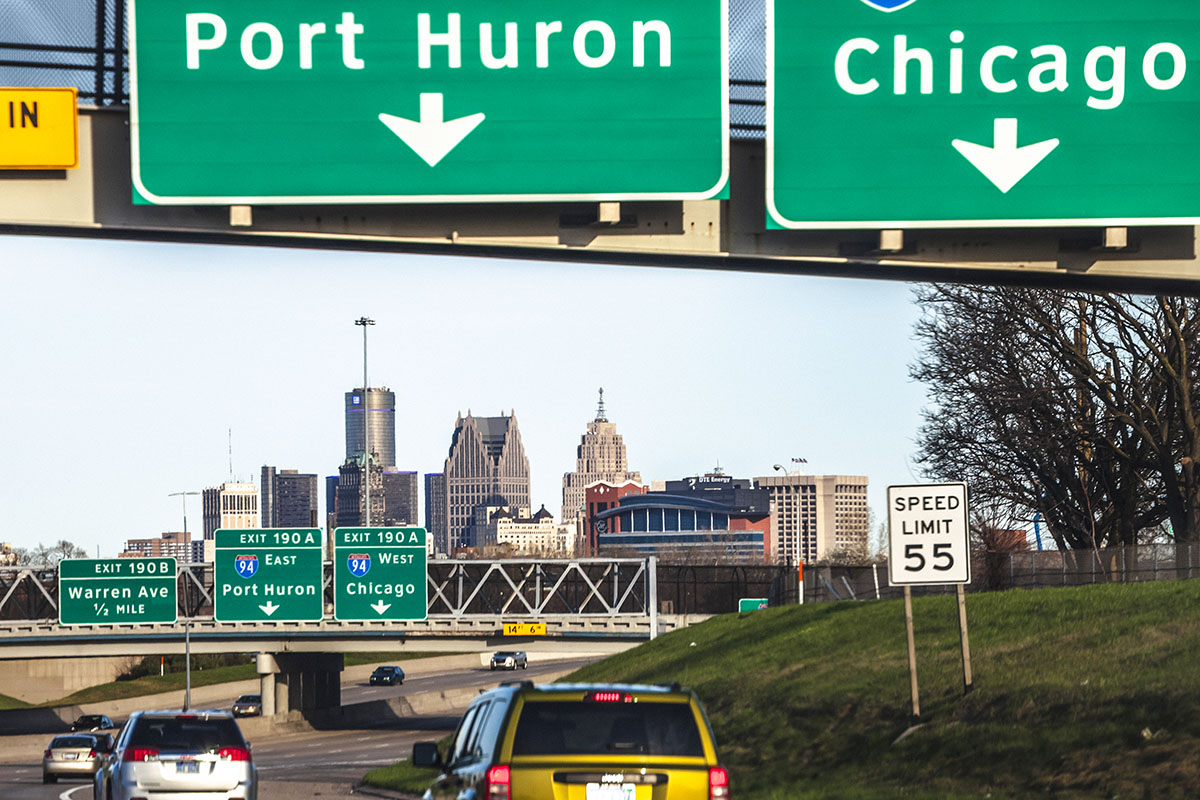
Look into auto-dispatching
Assigning orders to particular drivers can be a time-consuming process and one that introduces inefficiencies to last-mile delivery. One way to speed up delivery and lower costs is to utilise auto-dispatching software that assigns deliveries to drivers that are close by and available. Auto-dispatch tools use data to balance assignments between multiple drivers, come up with a predicted arrival time, and provide a real-time view of driver locations – all without any manual input.
Optimise your routes
The longer a delivery takes, the greater the cost to the deliverer. Optimising routes can dramatically speed up delivery and decrease costs but isn’t always easy to do – particularly with the large volume of packages on the roads today. However, modern route optimisation software makes use of real-time data around distance, time, location, driver capacity and traffic to automatically determine the fastest route to the next delivery location. With optimised routes, businesses may need fewer drivers to make the same number of deliveries, resulting in significantly reduced labour costs.
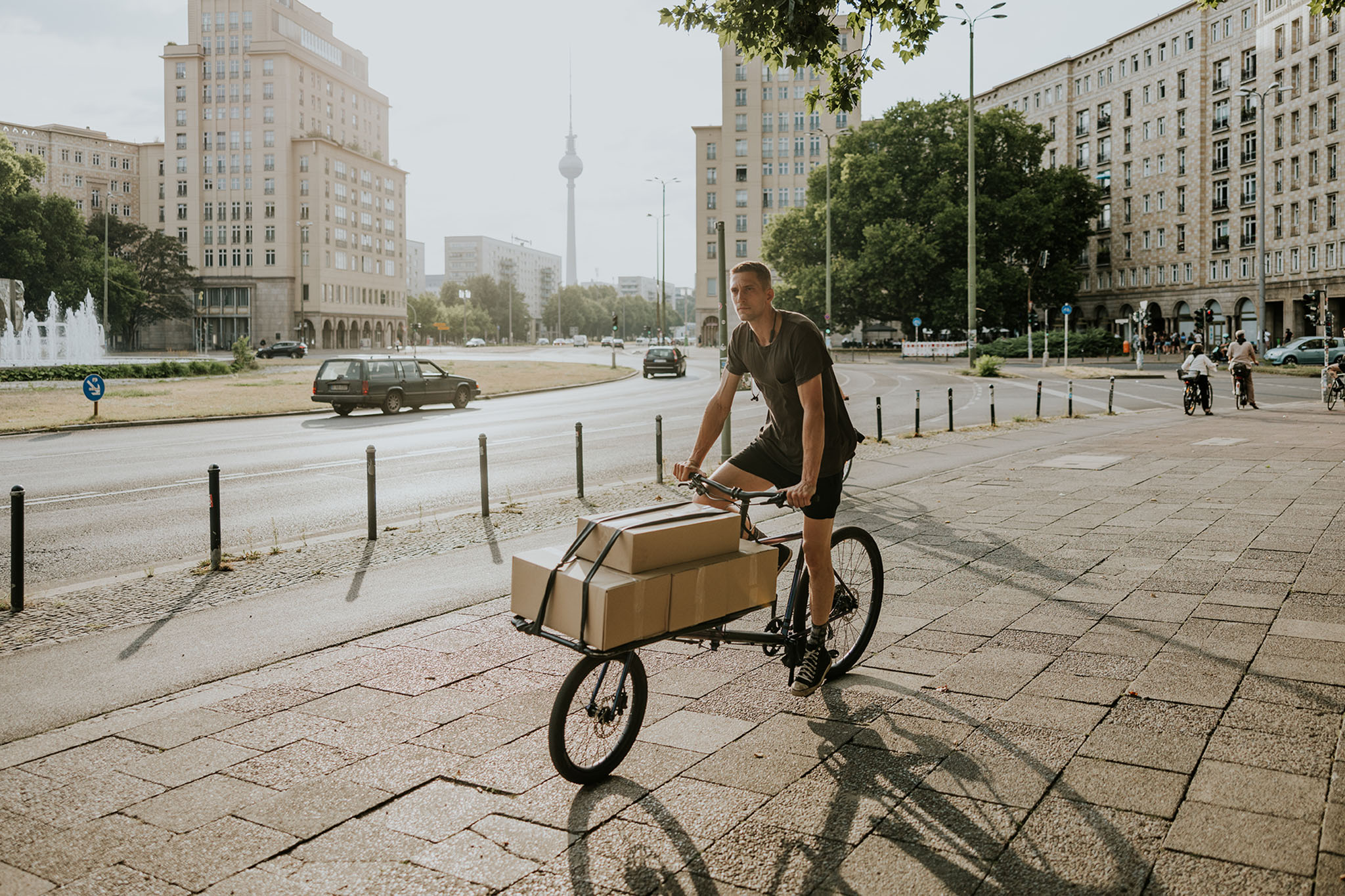 Calculate cost of delivery
Calculate cost of delivery
Calculating delivery costs involves key factors like distance, package weight, and dimensions. Longer distances and heavier items usually result in higher expenses. The chosen delivery speed also impacts the price. Additional costs, such as fuel, tolls, and customs fees for international shipments, are considered. The cost of Last mile delivery is a critical component due to its intricacies. Efficient route planning and technology play a role in cost optimization. Transparent communication of these variables ensures fairness and enhances the overall delivery experience for businesses and consumers alike.
Obtain proof of delivery
With failed deliveries adding substantially to last-mile costs, the inclusion of some form of delivery verification can help businesses reduce their costs. Even something as simple as requesting a signature can help reduce the delivery failure rate and certain software packages even allow recipients to acknowledge delivery without having to physically come into contact with the delivery driver – something that has become more useful in an era of social distancing.
Provide customers with real-time updates
Today, customers expect to be given regular notifications at every stage of the delivery process. By providing real-time updates (even direct communication with the driver), the number of failed deliveries can be heavily reduced. Drivers can suggest a predicted arrival time and customers can indicate the best place to leave the package if they are not home. Plus, even if real-time tracking doesn’t necessarily speed up every delivery, it can still provide other cost-saving benefits by improving customer satisfaction and helping with route optimisation on future journeys.
Offer a variety of delivery options
In an age where some companies are offering same-day delivery, it can be tempting for businesses to believe that they need to constantly find ways to speed up delivery. In actual fact, some customers might not need (or want) same- or next-day delivery. Delivery and logistics firms need to remember that what customers really want is choice. If consumers are offered the most convenient time for delivery, businesses won’t waste time rushing to deliver a package to an individual that isn’t at home. If you use the right tools to coordinate your deliveries properly, giving more options to your customers can deliver huge cost savings.
If you want to save costs on delivery while still offering a fast service, Local Eyes can connect you to the location-intelligent solutions you need.
Contact us today to find out how you can combine speed and affordability in your last-mile delivery.

